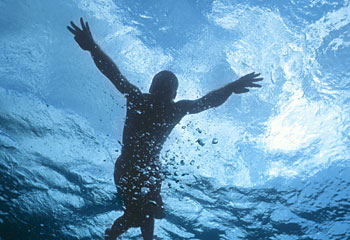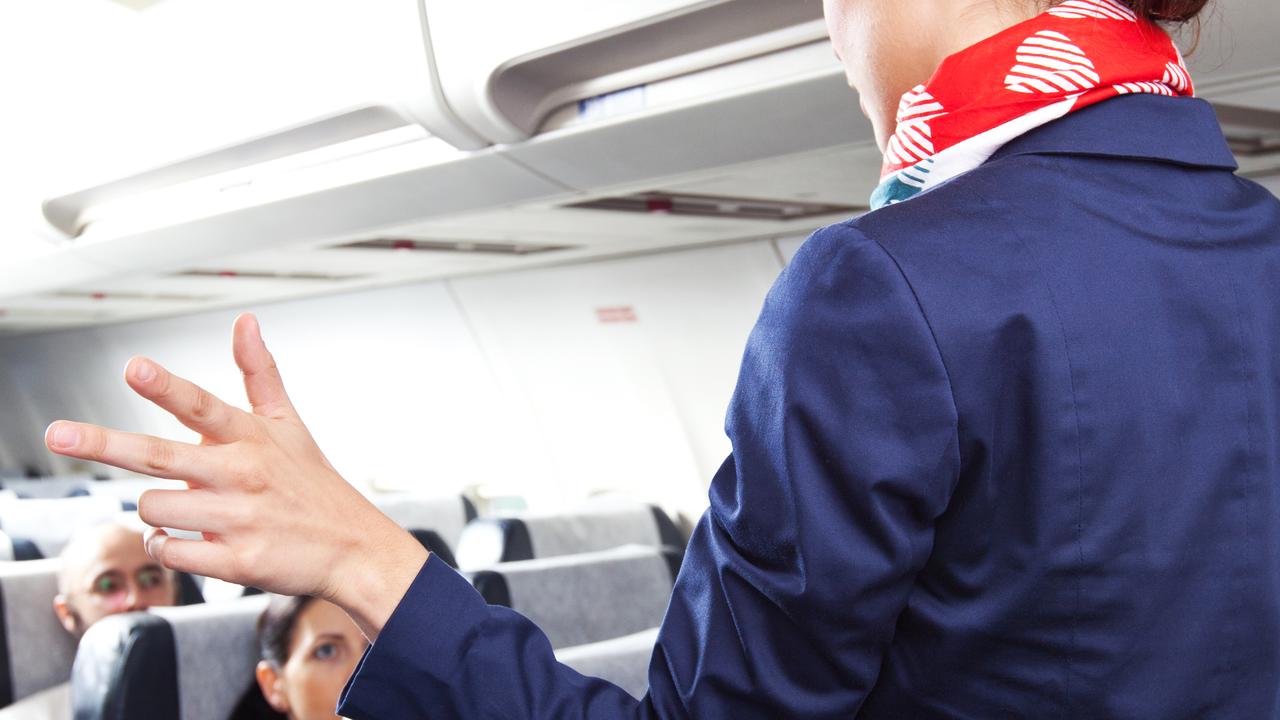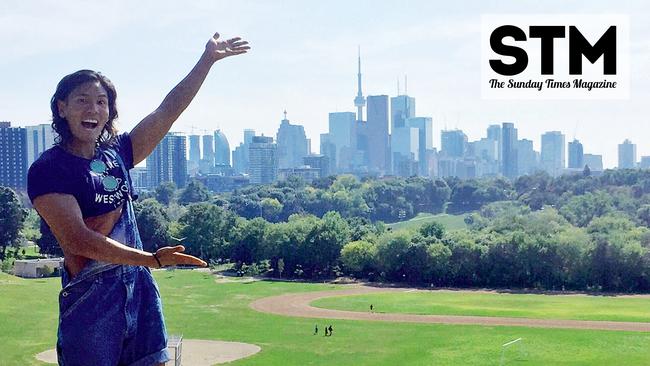Swell times in Hawaii
WATCH your stress wander with the surf or a new island form in a mass of steam Russell Emmerson discovers you can do both on Hawaii's Big Island.

WATCH your stress wander with the surf or a new island form in a mass of steam – Russell Emmerson discovers you can do both on Hawaii's Big Island.
1. Touchdown
Kona International Airport is 11km north of the island's largest town, Kailua-Kona. It is a fitting start to a tropical getaway – walk straight from the tarmac and into the airport's open-air "lounge". A taxi or a shared shuttle bus will take you to Kailua-Kona for about $33, while public buses provide a cheaper – and more limited – option. Alternatively you can hire a car which will give you more freedom to explore the island and its coastline.
2. Two hours
Thinking a two-hour helicopter flight is an indulgence you can do without lasts only until you fly into smoke coming from a volcanic vent. There is something thrilling about seeing molten rock surging below and then following its underground course until it meets the sea with a column of steam. Twenty minutes later, you're hovering alongside a thin ribbon of water falling into a rainforest valley. Yes, it is an expensive indulgence – it starts from about $210 – but this is a place that justifies the cost.
3. 13 billion light-years
Head up to Mauna Kea – Hawaii's biggest (extinct) volcano – to explore the 13 astronomical observatories poised above the island's smoke and water. The Subaru telescope here last week spotted the most distant galaxy, peering 12.9 billion light-years to the very edge of the universe. If you're not into astronomy, hike the tough Summit Trail, or visit in January to test out the Mauna Kea skiing and your abilities – there are no lodges for apres-ski, but there are kilometre-long drops.
4. Marker 1
Stop along the Queen Ka'ahumanu Highway when brown lava clods turn to black fields. Residents graffiti these sheets with white coral – from simple "JL (heart) TM" to spectacular memorials for the now-departed. Look out for the occasional joke – "I lava you" and for an artistically frolicking horse.
5. Marker 2
Only one week separated a celebration of life and Captain Cook's death. The explorer and his crew departed Kealakekua Bay on the island's South Kona Coast after two weeks of relaxation, but returned after a foremast of the Resolution broke in a storm. A rowboat was stolen, a blockade and battle ensued and more than 20 people – including James Cook – died.
A monument marking the place of his death can be reached by hiking the difficult Captain Cook Monument Trail – a one-hour-long trek along an indistinct trail – or by taking a popular snorkelling tour and visiting the marker from afar.
6. Snorkelling
About 200m from Captain Cook's memorial is Ka'awaloa Cove, a lovely area protected from ocean swells. This is where most organised cruises end up in the morning. The clear water gives snorkellers a good view of tropical fish, lazy sea turtles and the occasional spinner dolphin.
Snorkelling cruises depart Honokohau Harbor and Keauhou Bay every morning and afternoon. Three-hour cruises start from $80.
7. Pick me up
After being lolled into a state of utter peace, you may feel the need for a bit of action. Start your heart by exploring the Kona coffee farms. The rich, volcanic soils and the generous rainfall make the island a perfect home for the bean, transplanted by missionaries around 1830. Small farms produce their own beans and blends, all with full but subdued flavours. Expect to pay around $17 for 250g or $4 for a cup.
8. Wonder
Waipi'o Valley, in the island's northeast Hamakua Coast, featured as a paradise in the opening section of Jurassic Park – before everyone was eaten by dinosaurs. The lushness of the valleys and the steep coastal cliffs distract visitors from prospects of early dinosauric death, and the long waterfalls of the Keahole float down from pool to pool. The area has survived massive flooding in 1979 and a tsunami in 1946, and is still considered sacred. Drive to Honoka'a to begin a slow car or hiking tour of this region, with enough time to wonder and dream.
9. Thunder
Hawai'i Volcanoes National Park contains the world's most active volcano, the Kilauea Caldera. The park contains sights of the earth in motion: steam vents spewing smoke from the molten rock below, solidified rock that has flows over roads, interspersed with stands of trees and seeds sprouting from rock crevasses. There are no curtains of flame – lava oozes under the ground and creeps through vents, destroying everything in its path.
The Kilauea Visitors Centre can give you the science, the maps and the books, but you will have to visit the park to see the very island being created as you watch. Park entry fees begin at $6.50 on foot or motorcycle, or $13 for a car.
The author travelled to Hawaii as a guest of Hawaiian Airlines, Hawaii Tourism, Sheraton Keauhou Bay Resort and Waikiki Beach Marriott Resort.



